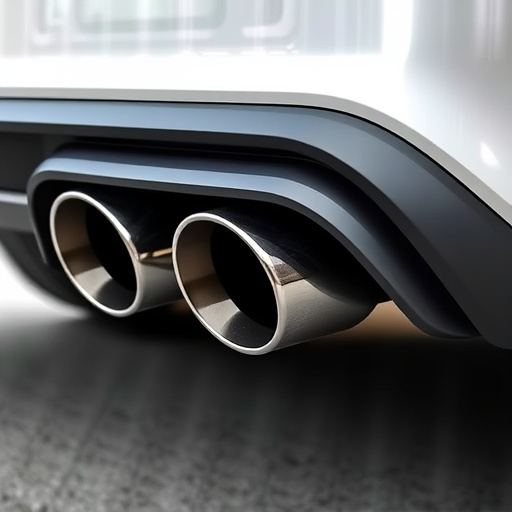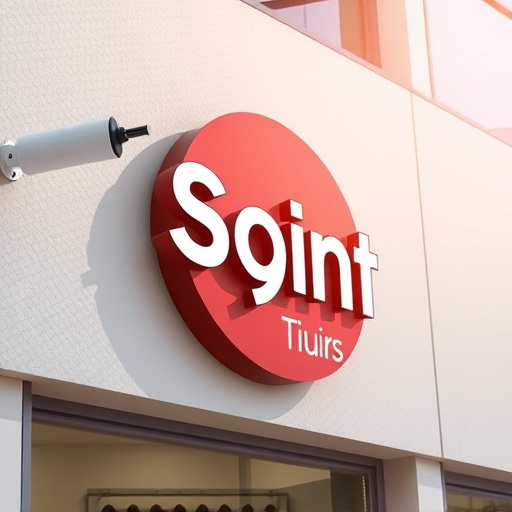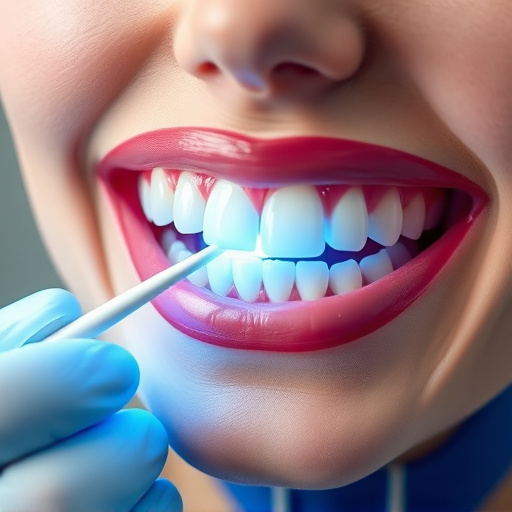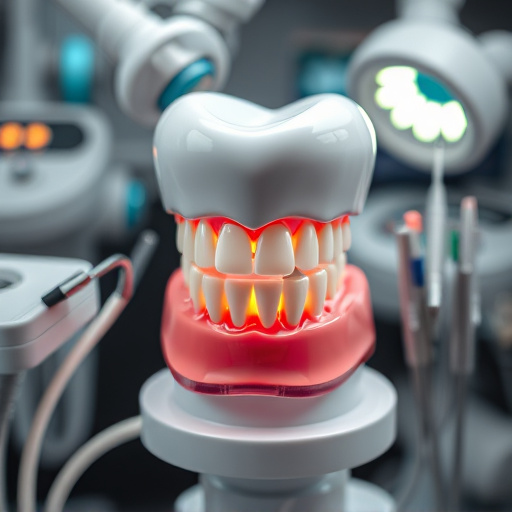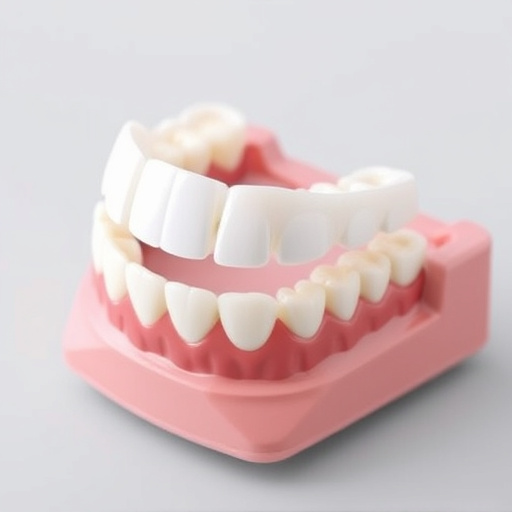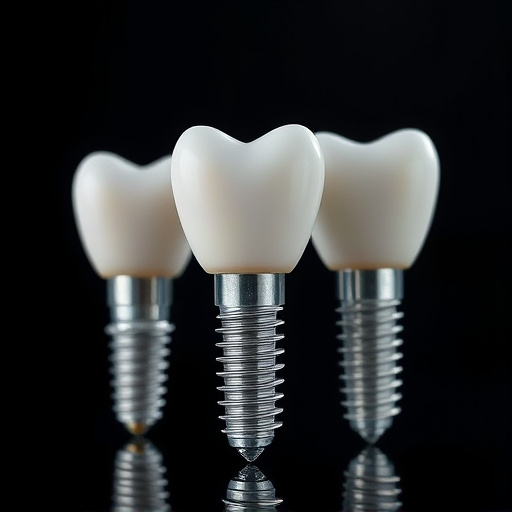Wisdom teeth removal, common for 17-25 year olds with impacted or infected third molars, employs modern techniques and sedation to minimize discomfort. This proactive approach in children's dentistry prevents future oral health issues and promotes jaw alignment. Sedation, using local anesthetics or milder drugs, alleviates patient anxiety and encourages timely post-op care. Proper recovery involves rest, head elevation, ice packs, hydration with soft foods, avoiding straws, following dentist instructions, monitoring infections, and maintaining gentle oral hygiene with regular follow-ups.
Considering wisdom teeth removal? Modern dentistry offers a comfortable solution with sedation and minimal discomfort. This comprehensive guide explores the process, benefits of sedation, and post-surgery care for a smoother experience. Understanding your wisdom teeth and their potential impact is crucial. Learn how sedation techniques can make removal less intimidating and more accessible. Discover practical tips for recovery to get back to your daily routine promptly. Optimize your oral health with informed choices: start here with our guide to wisdom teeth removal.
- Understanding Wisdom Teeth and Their Removal
- The Benefits of Sedation for a Pain-Free Experience
- Post-Surgery Care and Recovery Tips
Understanding Wisdom Teeth and Their Removal
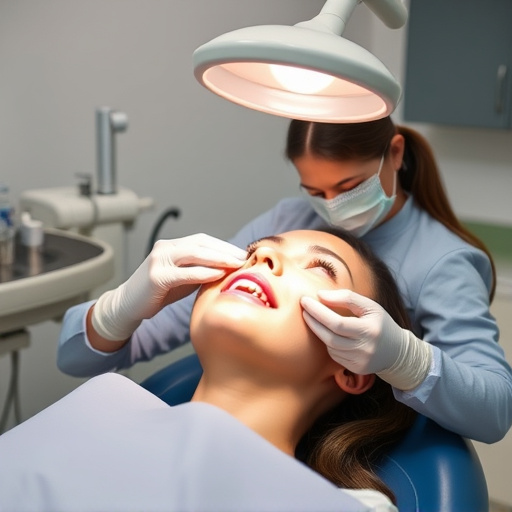
Wisdom teeth, or third molars, are the last set of teeth to emerge, typically appearing between the ages of 17 and 25. While some individuals’ wisdom teeth grow in properly and do not cause any issues, for many, they can lead to problems such as impaction, crowding, or infection. If a dentist determines that your wisdom teeth are causing or are at risk of causing complications, tooth extractions may be recommended.
Wisdom tooth removal is a common dental procedure, often performed under sedation to ensure patient comfort. Modern techniques and advancements in anesthesia allow for minimal discomfort during and after the procedure. This method of removing wisdom teeth, particularly in children’s dentistry, can help prevent future oral health issues and promote optimal jaw alignment.
The Benefits of Sedation for a Pain-Free Experience
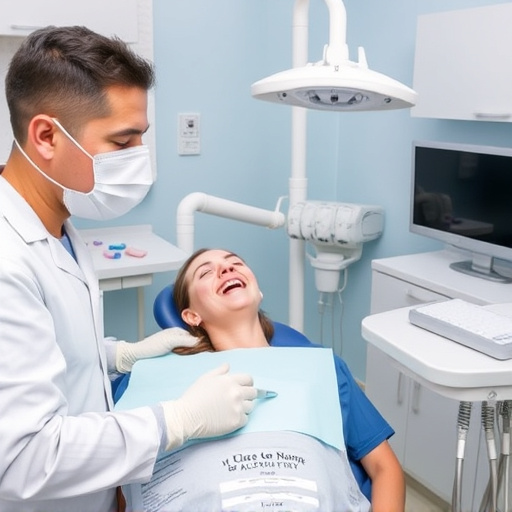
Many patients approach wisdom teeth removal with apprehension due to the perception of pain. However, one of the most significant advantages of using sedation during this procedure is its ability to ensure a virtually painless experience. Sedation techniques, often employing local anesthetics or milder sedatives, can calm nerves and reduce discomfort, making the entire process more manageable for the patient. This method is especially beneficial for those who have a high pain threshold or are anxious about dental procedures.
By incorporating sedation, general dentistry practices offer a modern approach to wisdom teeth removal, transforming what was once considered a daunting task into a relatively comfortable one. This not only enhances patient satisfaction but also encourages individuals to seek emergency dental care when needed without the fear of excruciating pain. Moreover, proper sedation can even aid in faster healing and reduce post-operative discomfort, allowing patients to return to their daily routines sooner.
Post-Surgery Care and Recovery Tips
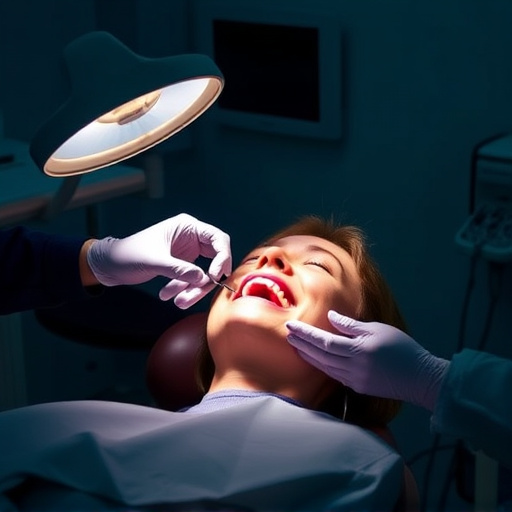
After wisdom teeth removal, proper post-surgery care is essential for a smooth recovery. Patients should rest and elevate their heads with extra pillows for the first 24 hours to reduce swelling. Ice packs can be applied externally to minimize any discomfort or puffiness around the jaw area. Staying hydrated is crucial, so drinking plenty of water is recommended, along with soft foods like yogurt and soups. Avoid using straws as the suction can disrupt blood clot formation, potentially leading to dry socket.
It’s important to follow the dentist’s instructions regarding pain management and medication. Over-the-counter pain relievers are typically sufficient, but your dentist might prescribe stronger medications. Keep a close eye on any signs of infection, such as increased pain, swelling, or drainage from the extraction sites. Regular oral hygiene is still vital; gently cleaning your mouth after meals helps prevent bacteria buildup without agitating the extraction sites. Schedule follow-up appointments with your dentist to ensure everything heals properly and to address any concerns regarding restorative dentistry or future routine oral exams.
Wisdom teeth removal with sedation offers a pain-free and comfortable experience, making it an attractive option for many. By understanding the process and benefits of sedation, patients can confidently navigate their journey towards a healthier mouth. Following the provided post-surgery care tips ensures a swift recovery, allowing you to resume your daily routine in no time. If you’re considering wisdom teeth removal, consult with your dentist to determine if sedation is right for you.
